
With the development and utilization of mineral resources, there are fewer and fewer single ores that are easy to select, and more and more attention has been paid to the comprehensive recovery of complex and difficult-to-select polymetallic mineral resources. Zinc-tin polymetallic sulfide ore is one of them. Due to its complex components, a single process cannot obtain a good recovery effect. Usually, it is necessary to adopt a combined process such as flotation, magnetic separation, electric separation, and gravity separation to separate useful minerals. This article will introduce four beneficiation methods for extracting zinc and tin from zinc-tin polymetallic sulfide ores, helping you recover zinc and tin in such ores reasonably and effectively.
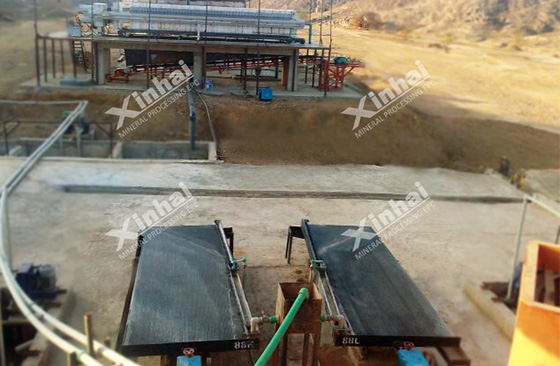
Polymetallic sulfide ores generally contain iron minerals (such as magnetite) and sulfur minerals (such as pyrrhotite, pyrite). Therefore, iron-containing minerals and sulfur-containing minerals should be removed as much as possible before zinc and tin separation to create prerequisites for obtaining qualified zinc concentrates and tin concentrates. Before zinc separation, use weak magnetic separation to remove iron and strong magnetic separation to desulfurize. Add lime to suppress pyrite, use copper sulfate as sulfide ore activator, butyl xanthate as sulfide ore collector, pine oil as foaming agent, and perform once magnetic separation to remove iron, once magnetic separation to desulfurize, twice rough, once sweep and three-time concentrate zinc can be obtained by sweeping three selected zinc and once shaker table selected tin.
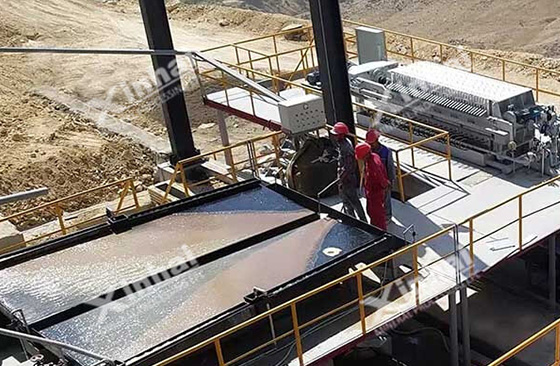
The process considers flotation followed by magnetic separation and gravity process, and tin ore is selected by gravity separation after flotation is given priority to zinc, that is, zinc priority-desulfurization-iron removal-tin gravity separation process. Lime is used to suppress pyrite, copper sulfate is used as sulfide ore activator, butyl xanthate is used as sulfide ore collector, terpineol oil is used as foaming agent, and two rough and three refined zinc, one rough desulfurization and one magnetic separation are carried out. Zinc and tin concentrates can be obtained by separating iron and tin in a shaking table.
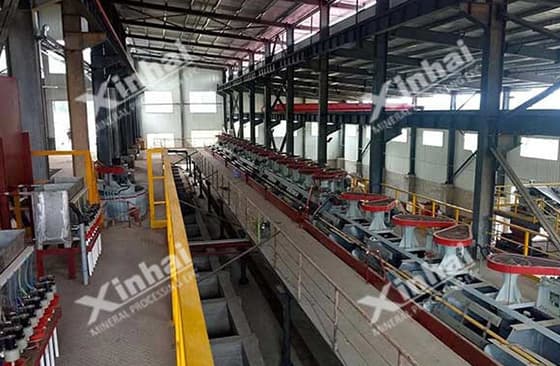
When polymetallic sulfide ores contain both zinc and tin, it is difficult to separate them. Because it contains minerals or impurities with better buoyancy, it is difficult to separate zinc and sulfur, so it may be considered to first float a part of gangue minerals with similar buoyancy to zinc minerals. The remaining zinc and sulfur are then subjected to mixed flotation. Zinc and sulfur can be flotation-zinc-sulfur mixed flotation-branch separation process can choose lime to suppress impurities, copper sulfate as sulfide ore activator, butyl xanthate as sulfide ore collector, terpineol oil as foaming agent. Its technological process is zinc-sulfur flotation + zinc-sulfur separation, zinc-sulfur mixed flotation + zinc-sulfur separation. The zinc-sulfur separation is carried out in two stages, which not only reduces the zinc-sulfur separation pressure, but also improves the zinc-sulfur separation effect. Afterwards, a rough desulfurization, a magnetic separation to remove iron and a shaking table to separate tin can obtain the concentrate.
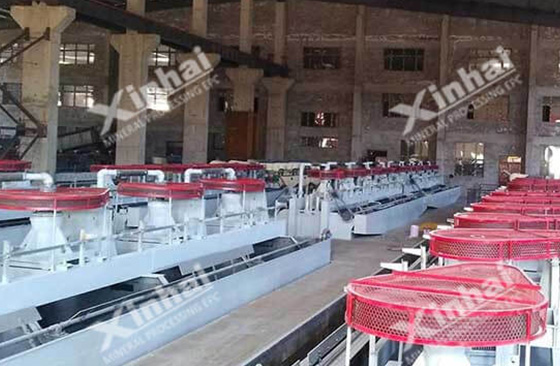
In order to reduce the interference of pyrite and other minerals with better buoyancy on zinc flotation, and reduce the dosage of chemicals in zinc selection, it is necessary to perform desulfurization operation on zinc-tin polymetallic sulfide ores in advance. In this process, lime can be used to suppress pyrite, copper sulfate is used as sulfide ore activator, butyl xanthate is used as sulfide ore collector, pine alcohol oil is used as foaming agent, and one-stage roughing desulfurization, second roughing, first sweeping and second refining, one magnetic separation to remove iron, one shaker to select tin. This process changes the conventional medium ore return sequence, and uses part of the zinc concentrate tailings and medium ore re-selection tailings as the tin beneficiation feed, which can reduce the interference of the medium ore on the zinc selection, and also increase the amount of tin selected.
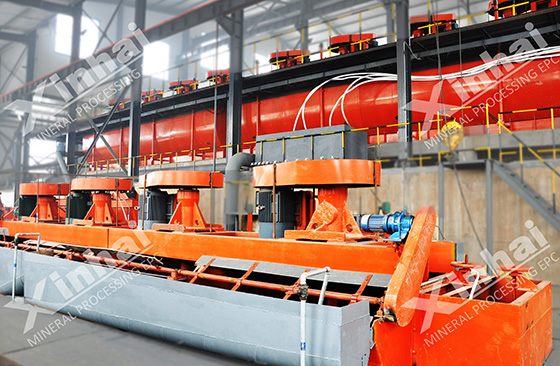
The above are the four processes that can be used for reference in the separation of zinc and tin in zinc-tin polymetallic sulfide ores. The beneficiation process adopted by different zinc-tin ores is also different. When choosing a specific zinc-tin separation process, beneficiation tests are essential. It is recommended to refer to the test results of the beneficiation test, combined with the actual situation of the beneficiation plant, to customize the technological process scientifically and reasonably. Do not blindly copy or decide on your own, to avoid wasting precious ore resources, and at the same time, the economic benefits of the dressing plant will be greatly reduced.
To find out more about our products and solutions, please fill out the form below and one of our experts will get back to you shortly.